Compartment Syndrome Nursing Interventions
Compartment syndrome nursing interventions. It tests blood flow to the extremity distal to the injury and nerve function. Nursing Interventions Include. Therefore orthopaedic nurses must be aware of the risks signs and symptoms unusual circumstances and appropriate medical and.
It is considered a limb-saving therapy when the compartment syndrome pressures are severely impeding blood flow. It occurs when perfusion pressure falls below tissue pressure in a closed anatomic space. Often performed with burn patients.
Compartment syndrome may be acute or chronic depending on the cause of the increased pressure and how long the symptoms last. Delayed wound closure following a fasciotomy may lead to. As you head back to the room you review what you know about fasciotomybasically you know that its an emergent procedure that will relieve pressure in the compartment.
Foot compartment syndrome can also complicate up to 10 of calcaneus fractures. The 5 Ps Pain Pulse Pallor Paresthesia Paralysis Early recognition through regular neurovascular assessments. A skin incision is made.
The pain is not relieved by analgesia and worsens with. It can occur with any elevation in interstitial pressure in a closed osseo-fascial compartment. Includes at least two 2 nursing interventions none are related to trauma or compartment syndrome.
Chronic or exertional compartment syndrome is caused by intense repetitive exercise and usually stops with rest or changes in routine. Nursing Interventions pre intra post Potential Complications. Compartment Syndrome Signs and symptoms of compartment syndrome include pain paresthesia pallor pulselessness poikilothermia and paralysis.
Mubarak and Hargens 1981 have described compartment syndrome as An elevation of the interstitial pressure in a closed osseofascial compartment that results in microvascular compromise. Keep the extremity AT HEART level NOT belowremember you want to maintain arterial pressure and elevating it above heart level will cause more ischemia loosen and remove restrictive items.
The pain is not relieved by analgesia and worsens with.
Perform neurovascular checks 6 Ps keep the extremity AT HEART level NOT belowremember you want to maintain arterial pressure and elevating it above. Resultant ischaemic damage may be irreversible within six hours and can result in. Foot compartment syndrome can also complicate up to 10 of calcaneus fractures. This is a late sign in compartment syndrome Nursing interventions for Compartment Syndrome. Acute compartment syndrome ACS is a surgical emergency warranting prompt evaluation and treatment. Treatments of Compartment Syndrome Fasciotomy. The pain is not relieved by analgesia and worsens with. A skin incision is made. Compartment syndrome is a painful condition with muscle pressure reaching dangerous levels.
A fasciotomy is a surgical decompression of the extremity used in compartment syndrome. Includes at least six 6 assessment findings directly related to the patient who is at high risk for compartment syndrome. Treatments of Compartment Syndrome Fasciotomy. It can occur with any elevation in interstitial pressure in a closed osseo-fascial compartment. Keeping the limb in neutral level to avoid overwhelming the affected area with too. For several days after the procedure the operative site is left open to ensure adequate soft tissue decompression. Compartment syndrome of the foot is most commonly seen following crush injuries falls from heights and motor vehicle accidents.







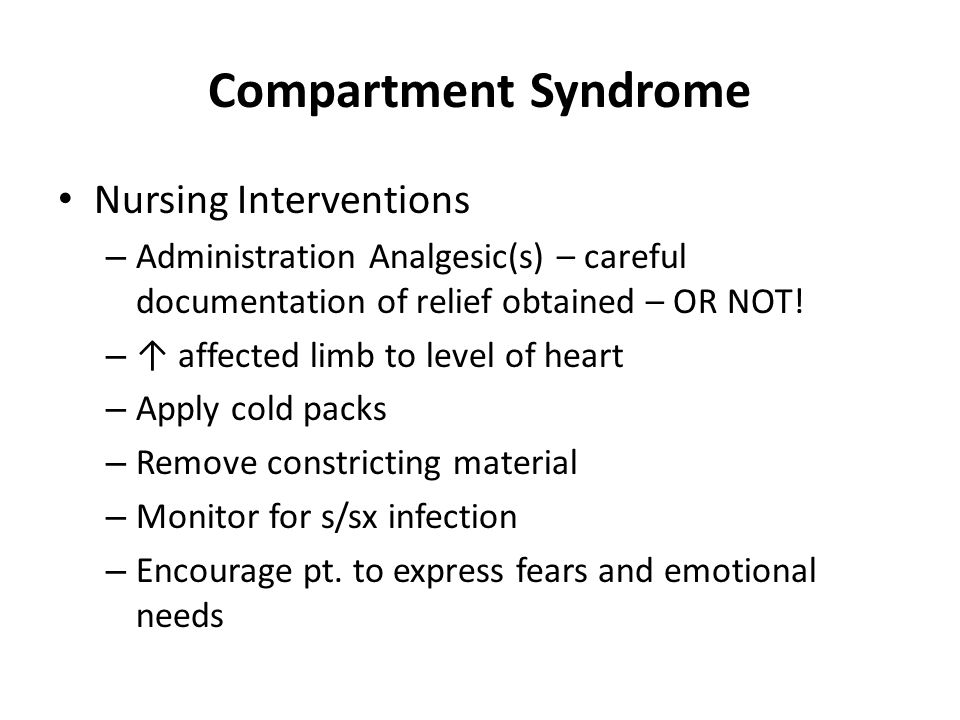


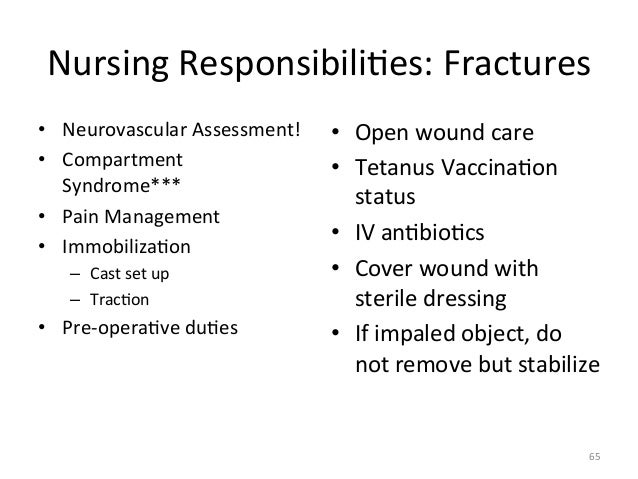







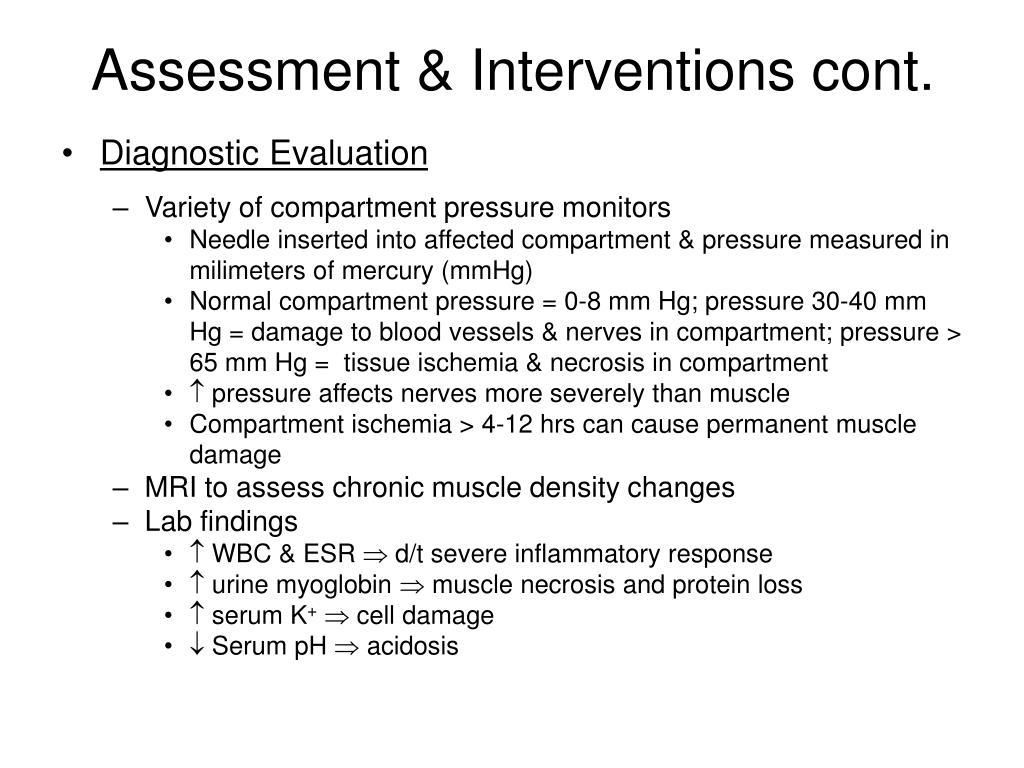
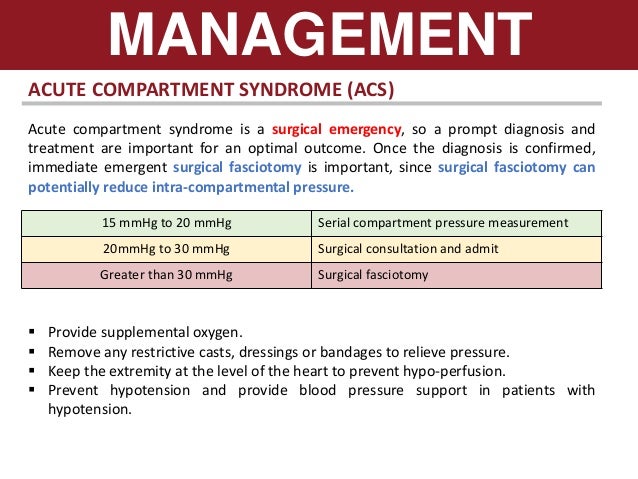
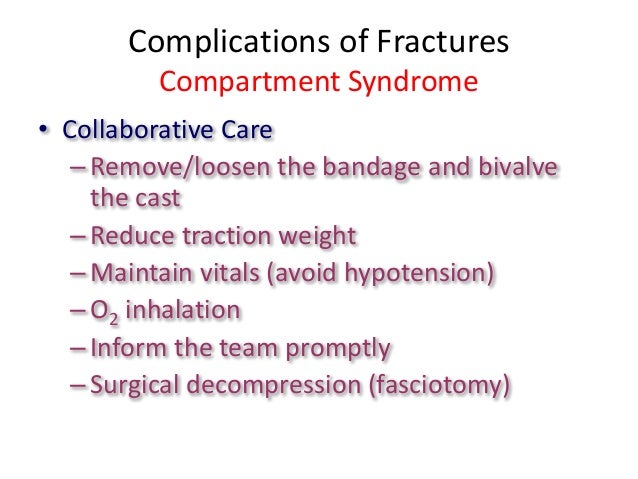


.png)













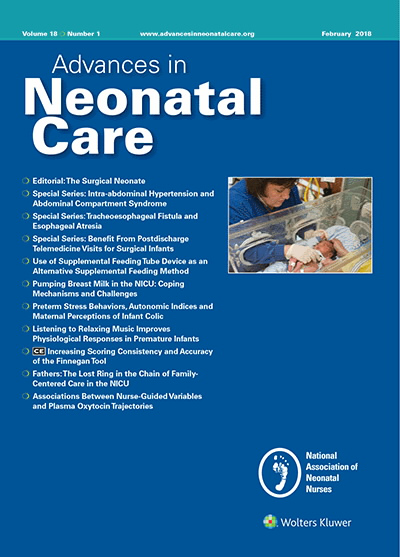


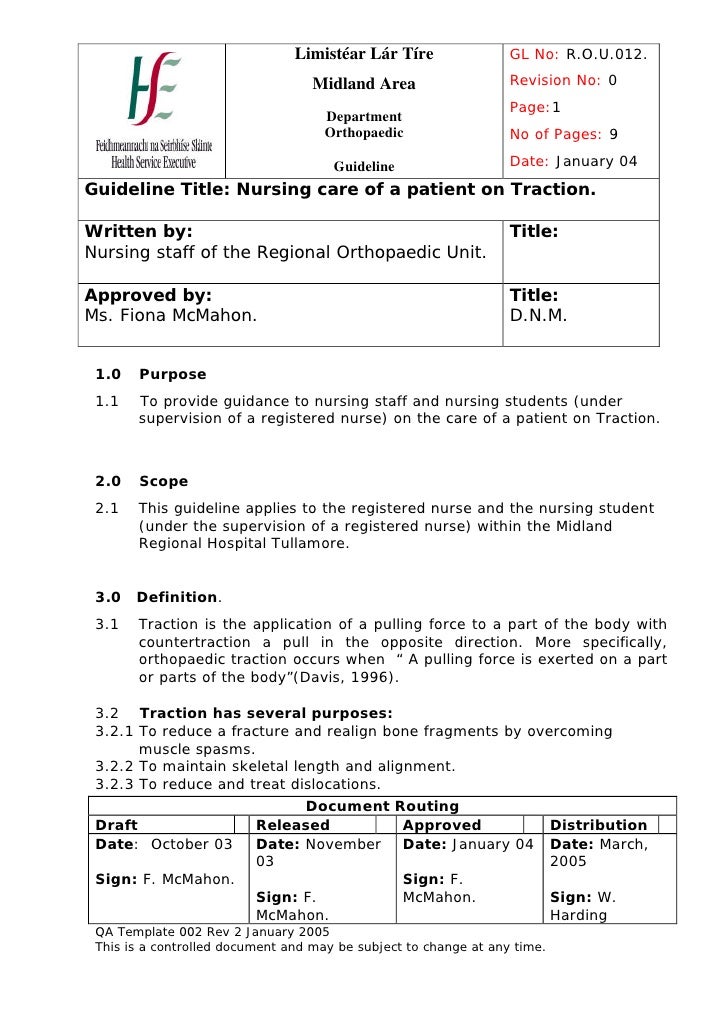

Post a Comment for "Compartment Syndrome Nursing Interventions"